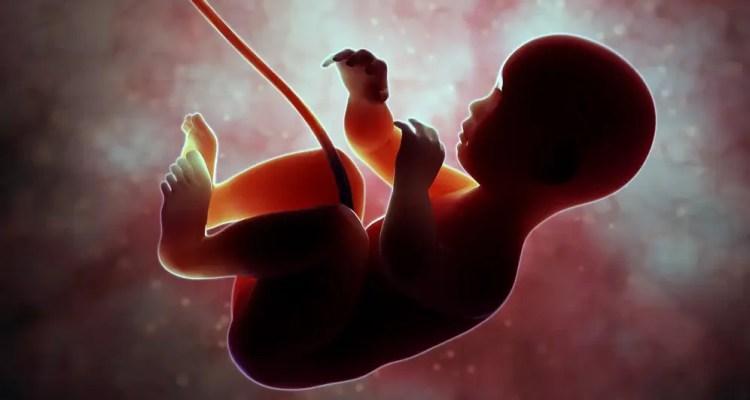Africa-Press – Malawi. Scientists at the Weizmann Institute have successfully developed a human embryo without using human a sperm, an egg, or a womb. This remarkable feat was achieved through the use of stem cells and offers a glimpse into the earliest stages of human life, shedding light on a previously poorly understood phase of development.
The embryo successfully released hormones that turned a positive pregnancy test. This achievement sheds light on early human development, which has been poorly understood. Instead of using traditional fertilization methods, the researchers reprogrammed stem cells to create various embryo cell types.
A Revolutionary Embryo Model
The Weizmann Institute research team has coined their creation as the first “complete” embryo model, accurately replicating all essential structures that emerge in early embryo development. Professor Jacob Hanna, a key figure in the research, describes it as a “textbook image of a human day-14 embryo,” marking a significant milestone in the field of stem cell research.
Rather than relying on traditional fertilization methods, the researchers started with naive stem cells that were reprogrammed to possess the potential to become any type of tissue within the human body. Through the use of specific chemical cues, these stem cells were guided into differentiating into four types of cells found in early-stage human embryos:
The mixture of these cells was carefully orchestrated, and approximately 1% of them spontaneously assembled themselves into a structure resembling a human embryo. Professor Hanna marvels at the phenomenon, emphasizing the role of the right mix and environment.
Opening the Black Box of Early Development
The embryo models created by the Weizmann Institute could help decipher how various cell types emerge, unravel the earliest steps in organ development, and shed light on inherited or genetic diseases. Understanding the first weeks following fertilization is of paramount importance, as this period is fraught with significant changes that can result in miscarriage and birth defects.
However, this phase of development remains a “black box [because the] knowledge is very limited,” Prof Jacob Hanna, from the Weizmann Institute of Science told the BBC.
Nonetheless, this breakthrough could help explain early development, organ formation, and genetic diseases. However, it also raises ethical and legal questions about extending embryo development beyond 14 days.
For More News And Analysis About Malawi Follow Africa-Press






